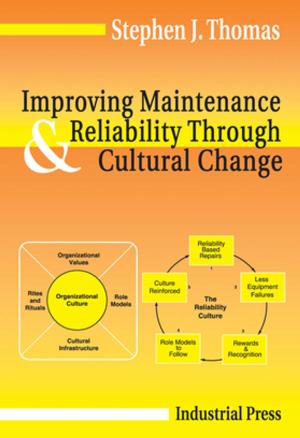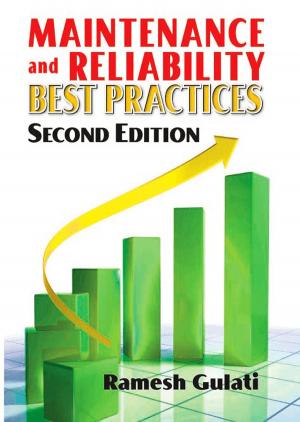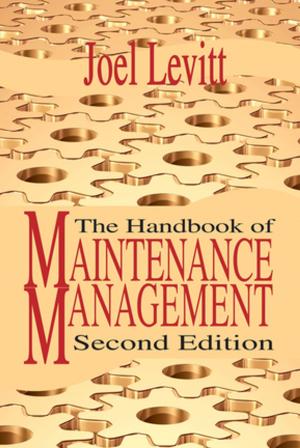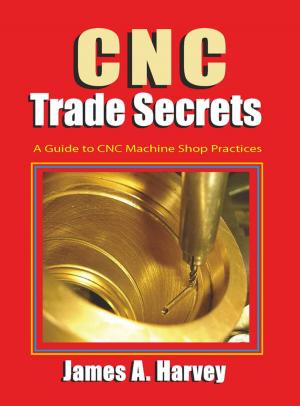Lean Refining: How to Improve Performance in the Oil Industry
Nonfiction, Science & Nature, Technology, Industrial Design, Manufacturing, Engineering| Author: | Mr. Lonnie Wilson | ISBN: | 9780831194475 |
| Publisher: | Industrial Press, Inc. | Publication: | May 5, 2017 |
| Imprint: | Industrial Press, Inc. | Language: | English |
| Author: | Mr. Lonnie Wilson |
| ISBN: | 9780831194475 |
| Publisher: | Industrial Press, Inc. |
| Publication: | May 5, 2017 |
| Imprint: | Industrial Press, Inc. |
| Language: | English |
Lean Refining: How to Improve Performance in the Oil Industry addresses the tremendous opportunities this quality improvement system can exploit to achieve huge financial gains, while simultaneously improving morale, timeliness, quality, safety, reliability, and environmental performance. The book offers numerous examples of how lean methodologies can be applied, the gains that can be achieved, and takes readers through a prescriptive process of implementation.
The book is divided into 3 parts. Part I is specific to the topic of lean manufacturing, and explains exactly what lean is… as well as what it isn’t. Part II addresses lean manufacturing in the oil industry in general, and refining in particular. It explains why lean is not the prevalent improvement strategy in refining, and why it’s more likely to appear among the smaller companies first. It also explains the differences that petroleum refining brings to the lean model. Part III covers topics needed to understand how to implement, organize, and roll out a lean transformation from the top down.
An affiliated website boasts tons of valuable information, including: Forms and evaluations for such topics as The 10 Lean Killers, The 6 Roll Out Errors, The 5 Precursors to a Lean Transformation, and more; Samples of working documents such as A3s, Leader Standard Work, and 5 supervisory tools, in both template form and completed; A comprehensive reading and reference list of nearly 500 resources, broken into topical material; Links to 3rd-party websites where readers can download e-forms and other related information.
Lean Refining: How to Improve Performance in the Oil Industry addresses the tremendous opportunities this quality improvement system can exploit to achieve huge financial gains, while simultaneously improving morale, timeliness, quality, safety, reliability, and environmental performance. The book offers numerous examples of how lean methodologies can be applied, the gains that can be achieved, and takes readers through a prescriptive process of implementation.
The book is divided into 3 parts. Part I is specific to the topic of lean manufacturing, and explains exactly what lean is… as well as what it isn’t. Part II addresses lean manufacturing in the oil industry in general, and refining in particular. It explains why lean is not the prevalent improvement strategy in refining, and why it’s more likely to appear among the smaller companies first. It also explains the differences that petroleum refining brings to the lean model. Part III covers topics needed to understand how to implement, organize, and roll out a lean transformation from the top down.
An affiliated website boasts tons of valuable information, including: Forms and evaluations for such topics as The 10 Lean Killers, The 6 Roll Out Errors, The 5 Precursors to a Lean Transformation, and more; Samples of working documents such as A3s, Leader Standard Work, and 5 supervisory tools, in both template form and completed; A comprehensive reading and reference list of nearly 500 resources, broken into topical material; Links to 3rd-party websites where readers can download e-forms and other related information.















